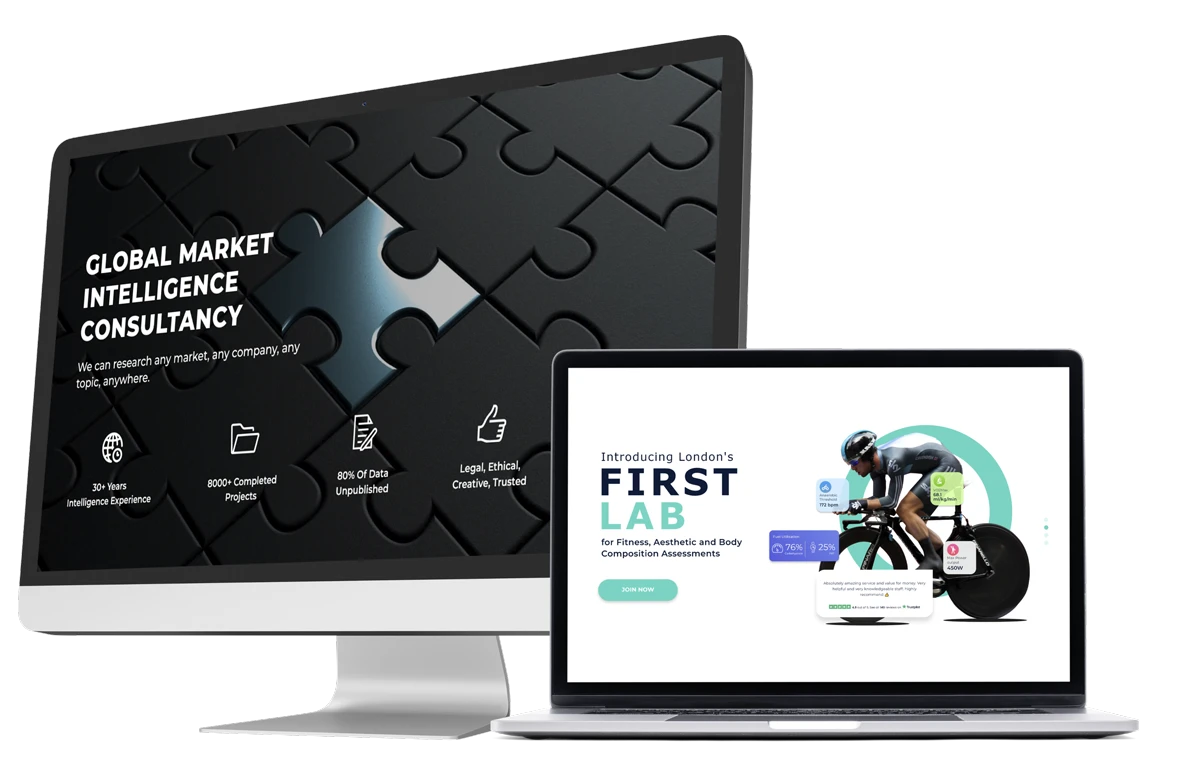A high bounce rate is a problem statistic for any website owner. It usually shows that people are visiting your website and leaving without engaging or browsing. But why is this? Here are 10 reasons your website may have a high bounce rate – and how to change it.
1. Slow Loading Times
Patience is a virtue that users online rarely have. If your website takes more than 3 seconds to load, users are likely to leave the website. Pagespeed isn’t just a user experience issue, it also has an impact on your keyword rankings on Google and Bing.
Solution: Examine what’s slowing down your website using tools like GTmetrix or Google PageSpeed Insights. To help speed things up, reduce the size of photos, allow browser caching, and maybe use a content delivery network (CDN).
2. Poor Mobile Optimisation
With a significant amount of web traffic coming from mobile devices, a site that doesn’t adapt well to different screen sizes is bound to frustrate users.
Solution: A responsive design guarantees that your website will function and look fantastic on both tablets and mobiles. Always test your website across a range of devices to identify any formatting or usability concerns.
3. Misleading Meta Titles or Descriptions
If your meta title or description doesn’t accurately reflect your content, users may feel misled when they arrive on your site. This mismatch of information often leads to immediate exits.
Solution: Make sure your metadata matches the content on the page and sets realistic expectations. Avoid clickbait and aim for clear, informative summaries to attract the right audience.
4. Intrusive Pop-Ups
Pop-ups, especially ones that appear immediately or are hard to close, can be incredibly disruptive. They can deter users before they even start engaging with your content.
Solution: Use them sparingly and ensure they add value, for example, offering a discount or newsletter sign-up after a few seconds.
5. Weak Content or Lack of Value
If visitors don’t find the information they need, or if your content is thin, generic, or poorly written, they’re unlikely to stick around.
Solution: Focus on writing for your target audience. Use subheadings, bullet points, and visuals to break up text and make it more digestible. Always prioritise value over volume.
6. Difficult Navigation
A confusing layout or cluttered menu can leave users feeling lost. They should be able to find what they’re looking for within a couple of clicks.
Solution: Simplify your menu structure, reduce the number of clicks needed to access key pages, and consider including breadcrumb navigation. A clear user journey increases the chances of visitors exploring more of your site.
7. No Clear Call to Action (CTA)
If visitors don’t know what to do next, they might do nothing at all. Whether it’s reading another blog post, signing up for a newsletter, or making a purchase.
Solution: Place visible and meaningful CTAs on each page. Whether it’s a “Contact Us” button or your best selling products. Make sure you guide your visitors to take the next step with confidence.
8. Poor or Outdated Design
First impressions are important! An outdated or unappealing design can cause users to bounce, even if your content is strong. Modern, clean layouts with good use of whitespace and visual hierarchy can help keep visitors engaged.
Solution: Update your website’s look with modern design principles. This includes consistent fonts, balanced colour schemes, proper spacing, and mobile-friendly layouts. A clean and professional look builds trust.
9. Technical Errors or Broken Links
Pages that don’t load properly or lead to 404 errors can quickly frustrate users. Regularly audit your site for broken links, missing images, or other technical issues that might be disrupting the user journey.
Solution: Use tools like Google Search Console to scan for broken links, 404 errors, and other technical issues. Fixing these promptly ensures a smooth experience for your visitors.
10. Irrelevant Traffic
Sometimes, your bounce rate isn’t your website’s fault, it’s the traffic source. If you’re attracting the wrong audience through paid ads or misleading social media posts, they’re less likely to engage. Focus on targeted marketing to draw the right visitors who are genuinely interested in your offerings.
Solution: Review where your traffic is coming from. If certain channels have higher bounce rates, reassess your messaging or targeting strategy. Focus on attracting relevant visitors who are likely to be interested in your content or services.
Final Thoughts
A high bounce rate doesn’t mean your website is failing, but it is a signal worth paying attention to. By identifying the reasons behind it, you can take steps to improve your website, deliver more value, and keep your visitors coming back for more.
Remember, every website is different – analyse your data, test changes, and always keep your users’ needs at the heart of your decisions.








